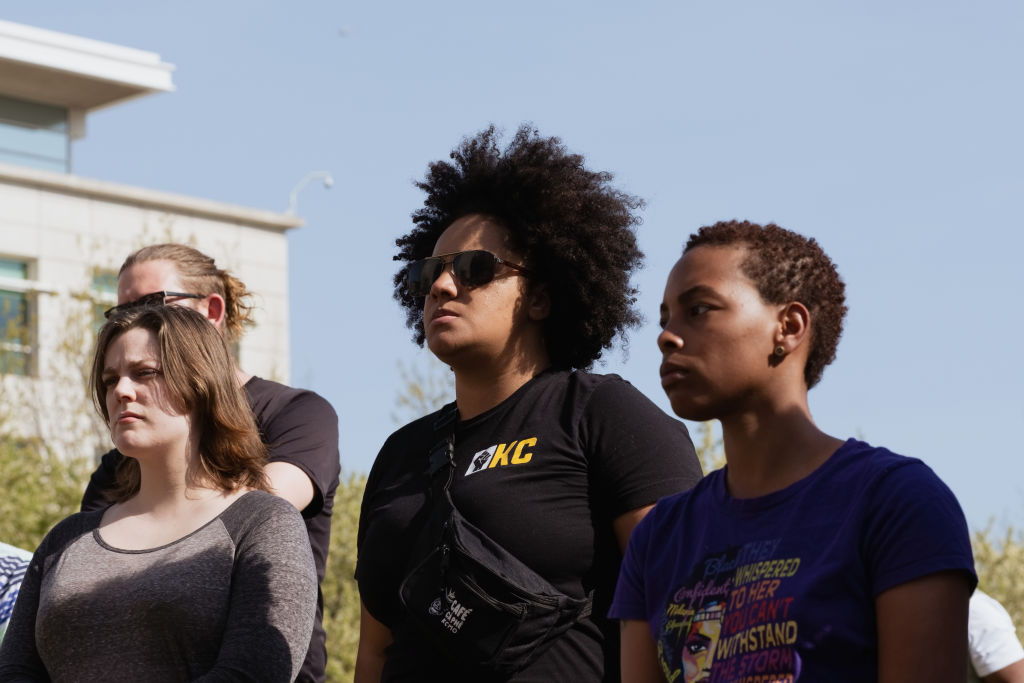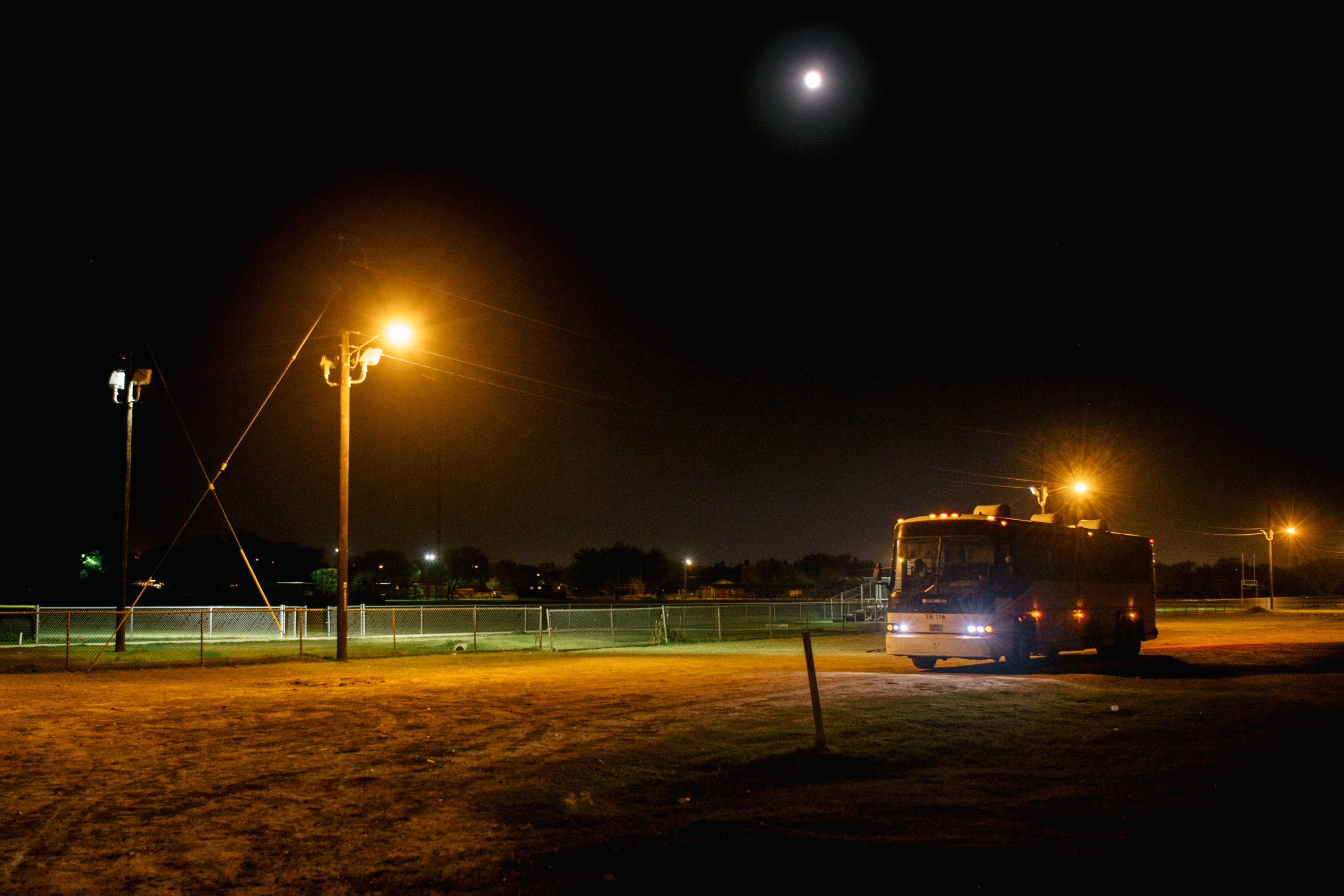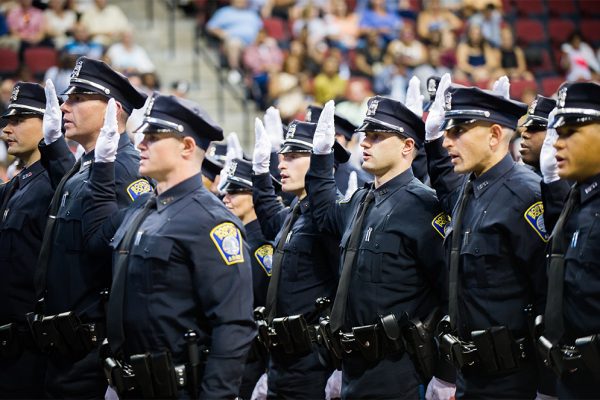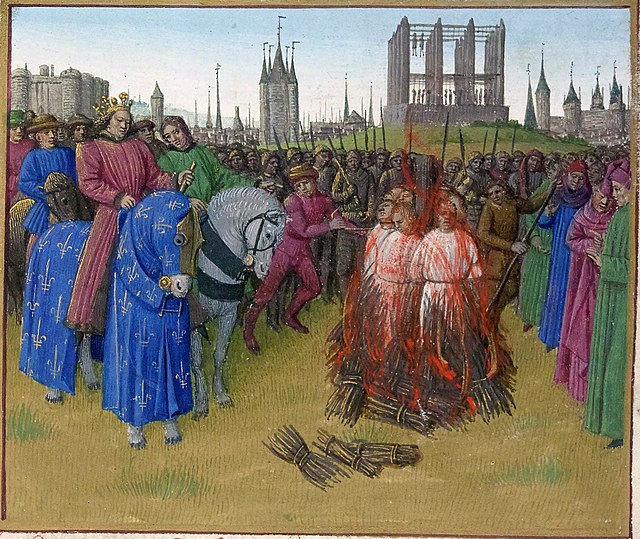America can incorporate newcomers, but only if they become Americans.
When Interracial Shootings Matter

All racism is bad, but some racism is more racist than others.
The shooting of Ralph Yarl captured the attention of a media addicted to a false narrative.
The black teen was shot by a white homeowner in Kansas City, Missouri after Yarl, who was looking for the house at which his younger brothers were waiting to be picked up, accidentally knocked on the wrong door. The elderly white homeowner, Andrew Lester, opened the door and immediately fired, claiming that he believed the teen was trying to enter his house.
This case and several others that happened within days of it—including one in which a 20-year-old woman drove into a driveway in rural upstate New York with a group of friends and was shot dead by the homeowner while exiting the property—are covered extensively in mainstream media in light of “stand your ground” laws. The debate over when an individual should be legally justified to use a firearm in self-defense on his own property Is charged and complicated, though one would be hard-pressed to realize that from mainstream media discussion of it with respect to the Yarl case. Here, media attention has skewed heavily in the direction of criticism of such laws.
The case has been put forward as evidence of the rampant racism in American society and the unfathomable harm it produces for blacks in this country.
It should go without saying that if the Yarl shooting story holds up in the details that are currently being reported then the shooter should be held criminally responsible. As is always the case, we will have to wait until an investigation happens before we can know with any clarity what should be done in the way of response from the criminal justice system.
But we perhaps do well to spend a little time on a question the media will not present to us. What is the context within which reporting on the Yarl case is taking place?
The news media purportedly have as their central function the reporting of news. The Yarl story certainly qualifies there. It seems, in the facts that we have at present, an outrageous criminal act against an innocent.
But many such events take place every day in the country, and the media cannot conceivably report on all of them with the same intensity. So, what is the context within which the decision was made to make the Yarl story one of such magnitude that it already has a Wikipedia entry?
Ideology Over Data
Without doubt, the racial angle of the event was a central detail in that decision by the media sources. The victim is black, the shooter is white. The American mainstream media is hugely interested in any stories with this dynamic, as they have great potential to fit a cultural narrative widely accepted in those media circles. They are practically salivating at all the possible ways this shooting can be made, even in the absence of real investigative information, to fit to a belief system predicated on a deeply racist America in which white violence against black victims is happening virtually all the time.
Media eagerly reported the cryptic comments from the local prosecutor that there was a “racial component” to the case, though no substance was provided. There was also avid invocation of various left antiracist “theories,” such as the alleged propensity for whites to “adultify” black children in the interest of justifying racist behaviors against them.
Media were evidently thrilled to find one of Lester’s grandsons, outfitted in dreadlocks, offer a boilerplate left wing critique of the “paranoia” and “wild conspiracies” to which viewers of media sources outside the Left hegemony are seen as uniformly prone, and denounce his grandfather in advance of a criminal investigation into the matter. Klint Ludwig described his grandfather as “a stock American Christian male” with “racist tendencies and beliefs” in a CNN interview. “People of [his grandfather’s] generation” are, in Ludwig’s perspective, uniformly driven to racist prejudice by watching Fox News and other such media. His grandfather was “a huge Trump supporter,” another bit of evidence cited by Ludwig to prove his grandfather’s malevolence. He went on to talk of how “proud” he was of Yarl, who he calls “an amazing kid,” and expresses his thanks to the BLM activist Shaun King for advocating for this case. Another of Lester’s grandsons denied Ludwig’s charges, but the media were less than eager to give his account central billing.
This has been the tenor of the media attention to the story to date. What has gotten no attention at all from the media is the anomalous character of the racial profile of this case considering general firearm violence and murder data in the country. If you gained your knowledge solely through mainstream media you would come away with the understanding that, when interracial murder happens, it almost always looks like the Yarl case: an obviously criminally negligent white offender shooting and killing (though, in this case, Yarl survived) innocent black victims.
Facts Matter
Data collected by the U.S. Department of Justice between 1980 and 2008 show that most of both white and black murders are committed by killers of the same race—93 percent for blacks, 84 percent for whites. But that’s a considerable gap between the two figures, and when you look at statistics on murders for all cases in which we know race of both victim and offender, you find a glaring difference in the percentages made up of, respectively, white murderer/black victim (WM/BV) and black murderer/white victim (BM/WV) crimes.
In the nearly 30-year period of the DOJ data, BM/WV cases hover near 20% of all homicides for much of the period and are never lower than about 14%. The WM/BV rate for the period is between about 4%-7%. It attains the high mark of around 7% as infrequently as the BM/WV rate achieves its low point of 14%. Throughout the period, the BM/WV rate is always between three and five times higher than the WM/BV rate.
This is a remarkable fact that you’d know absolutely nothing about if you only consulted mainstream media.
One can thus reasonably imagine from these data that for every story like the Yarl case that media are having a field day with at present, there are three to five others that involve murders with the racial identities of killer and victim reversed. Try, though, to find any examples of such cases that were discussed with the level of avidity in the national press of the Yarl case.
The shooting of Yarl happened on the evening of Thursday, April 13. The Gun Violence Archive compiles data on daily shootings in the U.S. A look at April 13th reveals a total of 144 shootings on that day in the country, with 169 total victims and 45 dead. Eighteen of the shootings involved multiple victims, and three involved multiple fatalities (two in each case). The GVA database makes no effort to collect racial information on victims and shooters, but if the DOJ statistical outline is roughly applicable to this day’s shootings, then as many as 9 of the fatal shootings might have involved a black shooter and white victim. A glance at the details of a random selection of the 144 incidents reveals another aspect of the DOJ statistics: black-on-black shootings are massively overrepresented, given the small proportion of the overall American population that is black (approximately 14%).
But there was no national interest in any of these other incidents from April 13, not even in the three that involved multiple victim deaths. Reporters with a professional charge to work through local stories to find items of national relevance almost certainly understood that they could stop looking on that day as soon as they came across the Yarl case. Indeed, given the prejudicial outlook of the mainstream media on the question of firearm violence in the country, it would be surprising if many of these reporters were even aware of the DOJ-produced facts I have described.
This is a mundane fact about the contemporary media. Everyone paying attention knows that they are partisan and that they have wholly abandoned the call to adhere to objectivity and to avoid overt propagandizing in guise of reporting. But consideration of the facts demonstrates just how high the stakes are. Many Americans get their understanding of what murder and firearm violence looks like solely from the sources reporting nationally on the Yarl case. They are doomed to be misinformed. And they will vote, and advocate in their personal lives, and pursue other civic activities with that misinformation guiding them, and the deceit will spread still further.
Many Such Cases
On the day I wrote this, another story made national headlines. A man in North Carolina, Robert Singletary, opened fire on a family after he complained about a child’s ball rolling into his yard. He wounded a young girl, her mother, and her father. The father is hospitalized with serious injuries. The shooter, who fled the scene and was caught by police in Florida, is black, while all three victims are white.
None of the media sources reporting on the story that I found on the day it broke noted the race of any of the victims in the text itself. A few included images of the shooter, some included images of the girl, and one produced an image of all three victims, but none of the stories provided images of both shooter and victims. Several of the stories linked it to the Yarl story as another shooting “sparked by seemingly trivial circumstances.” Each of the stories that mentioned the Yarl shooting, though they did not reveal the racial dynamics of the North Carolina incident, were careful to identify Yarl’s race and the race of the man who shot him. In the ensuing week, we’ve learned of claims that Singletary made racially charged remarks (“I don’t even like white people”) to one of the victims just before shooting him.
This is as close to a perfect experiment as you get in the nature of human society. Let’s see, going forward, which of these two cases—the Yarl shooting or this more recent one in North Carolina—will get the most intense and continuous coverage, and how they will be interpreted. More specifically, how much will the reporting on each linger over the interracial dynamics of the shootings.
I know where I’d be placing any betting money on this experiment.
The American Mind presents a range of perspectives. Views are writers’ own and do not necessarily represent those of The Claremont Institute.
The American Mind is a publication of the Claremont Institute, a non-profit 501(c)(3) organization, dedicated to restoring the principles of the American Founding to their rightful, preeminent authority in our national life. Interested in supporting our work? Gifts to the Claremont Institute are tax-deductible.
It’s time to release the data that can exonerate police.
No future awaits those who rage against family, work, and community.



